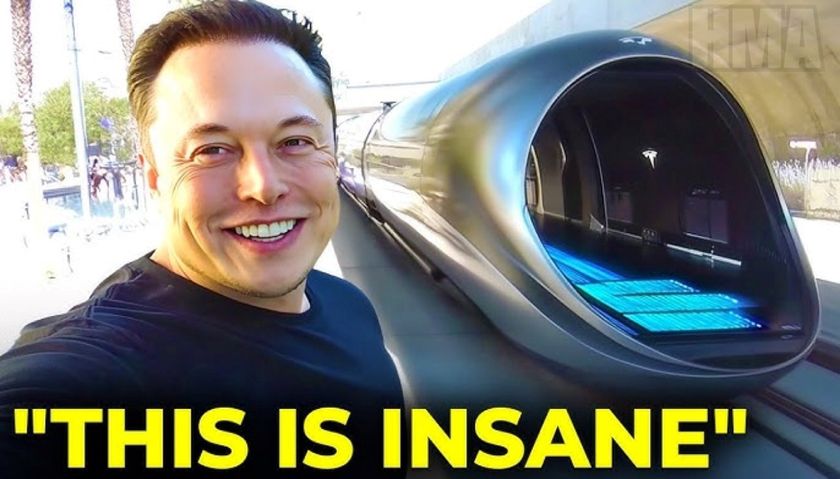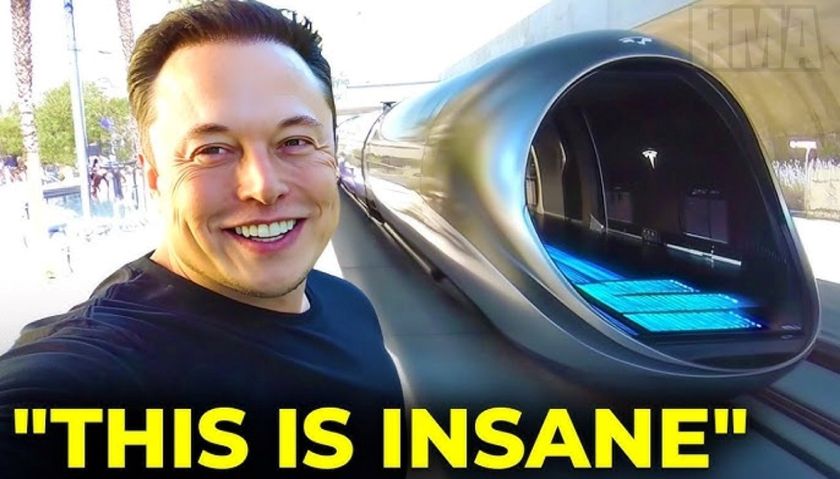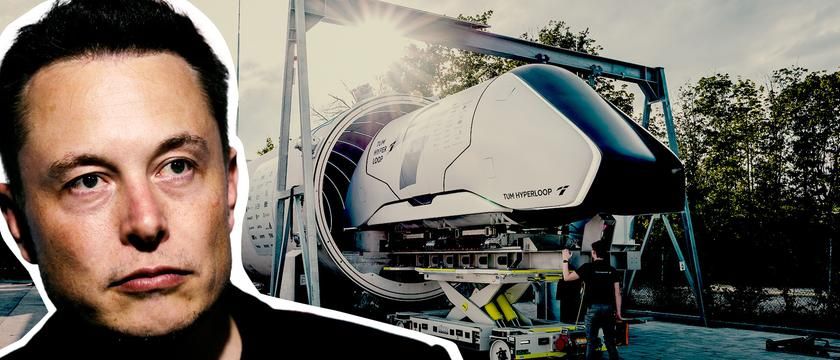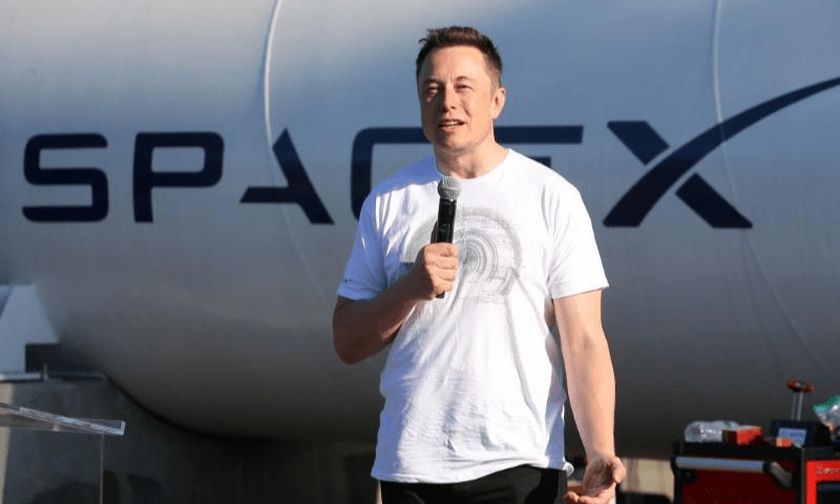
Imagine stepping into a futuristic pod, where sleek design meets cutting-edge technology. The door slides open to reveal a tranquil space filled with luxurious comfort. In this silent environment, your destination—hundreds or even thousands of miles away—feels within arm’s reach. This isn’t a sci-fi dream; it’s the promise of Elon Musk’s Hyperloop, a revolutionary transportation concept that could redefine distance and transform how we connect with the world.

The Hyperloop isn’t just about speed; it’s about reshaping life as we know it. Cities that once felt distant could become part of a seamless network, offering possibilities for work-life balance, exploration, and living in one place while working in another.
The Vision Behind Hyperloop
Unveiled by Elon Musk in 2013, the Hyperloop concept arose from frustration with conventional transportation inefficiencies—long commutes, traffic congestion, and pollution. Musk envisioned a faster, sustainable, and highly efficient system that could redefine travel.

Hyperloop pods travel through low-pressure vacuum tubes, gliding on cushions of air using magnetic levitation and electric propulsion. This nearly resistance-free environment enables speeds of up to 700 mph, all while consuming minimal energy. It’s akin to swimming in perfectly still water—smooth, quiet, and efficient.
The concept sparked worldwide excitement, with engineers, scientists, and innovators rallying to turn Musk’s dream into reality. Today, progress is being made toward creating a world where Hyperloop connects major cities, offering a transformative transportation solution.
How Hyperloop Works
The Hyperloop system relies on a network of near-vacuum tubes connecting major urban centers. Inside these tubes, pods carrying passengers or cargo hover on magnetic cushions, eliminating friction and enabling ultra-high speeds.
Key features include:
- Magnetic Levitation: Pods float using magnetic forces, ensuring a smooth and near-silent ride.
- Electric Propulsion: Efficient motors propel the pods at record speeds with minimal energy consumption.
- Low-Pressure Environment: The vacuum-like tubes reduce air resistance, allowing for unparalleled efficiency and speed.
This innovative design makes Hyperloop more energy-efficient than planes or trains while maintaining the speed and convenience of modern air travel.
The Promise of a Connected Future
The Hyperloop aims to shrink distances and bring cities closer together. Imagine commuting between major cities in under 30 minutes or traveling coast-to-coast faster than a traditional flight.
This interconnected network could:
- Boost Economic Opportunities: Create new hubs for commerce and industry.
- Revolutionize Daily Life: Enable long-distance commutes without sacrificing family or leisure time.
- Reduce Environmental Impact: Decrease reliance on fossil fuels by leveraging renewable energy for operations.
Challenges and Progress
While the Hyperloop promises a transportation revolution, it also faces significant challenges. Building the infrastructure, ensuring safety, and gaining regulatory approval are all complex hurdles. Additionally, the high upfront costs of construction remain a major obstacle.

Despite these challenges, progress is steady. Teams of engineers and visionaries around the world are working tirelessly to make the Hyperloop a reality, with prototype tests already showing promising results.
A Paradigm Shift in Transportation
Elon Musk’s Hyperloop symbolizes what’s possible when imagination meets determination. By overcoming traditional barriers to speed and efficiency, the Hyperloop isn’t just a new mode of transportation—it’s a bold step toward a connected, sustainable future.
The journey from concept to reality is long and fraught with challenges, but the potential rewards—a transformed, global transportation network—are immeasurable. As this vision comes closer to fruition, the future of travel may arrive faster than we ever imagined.